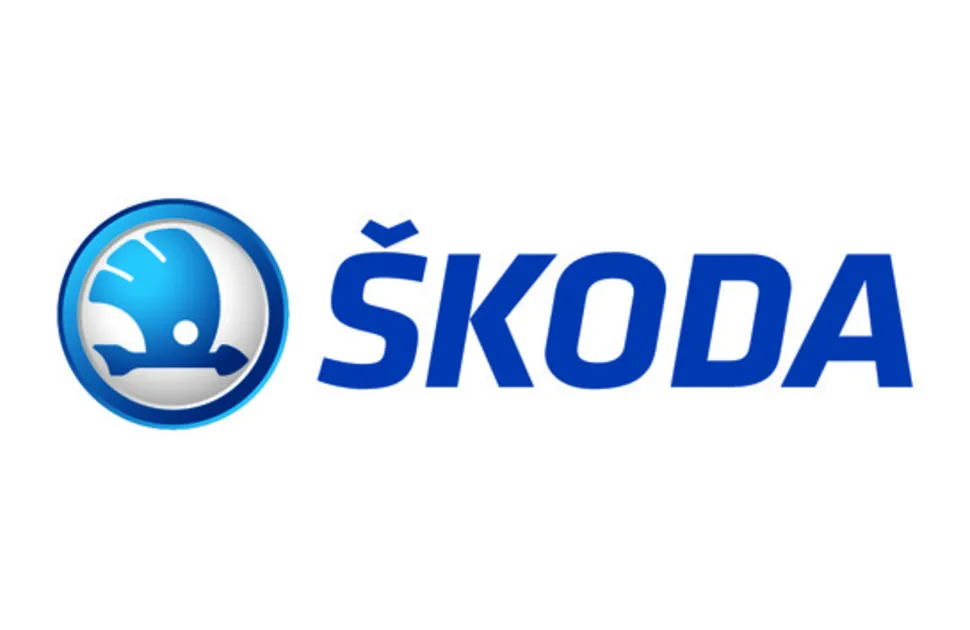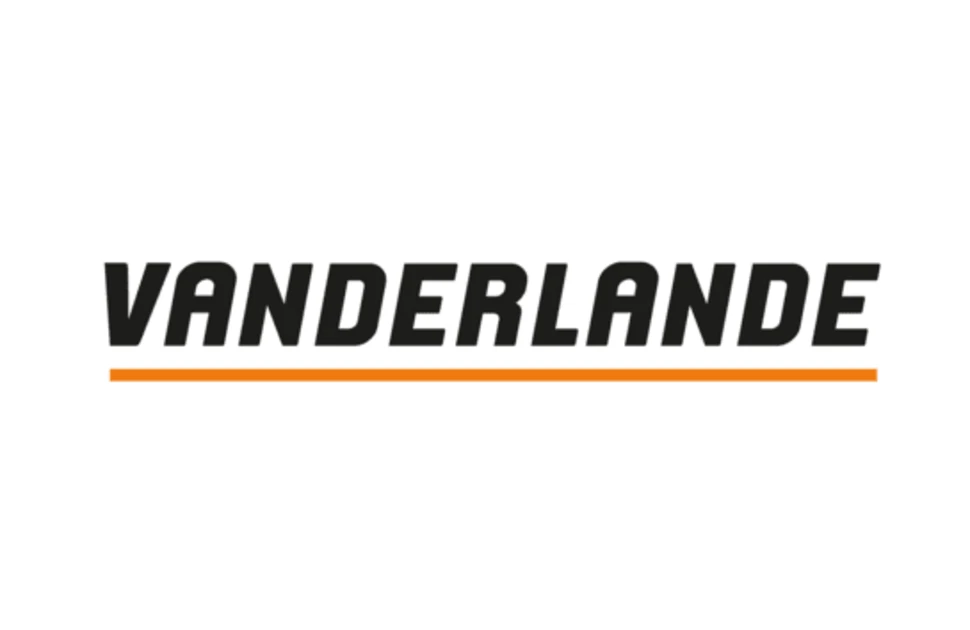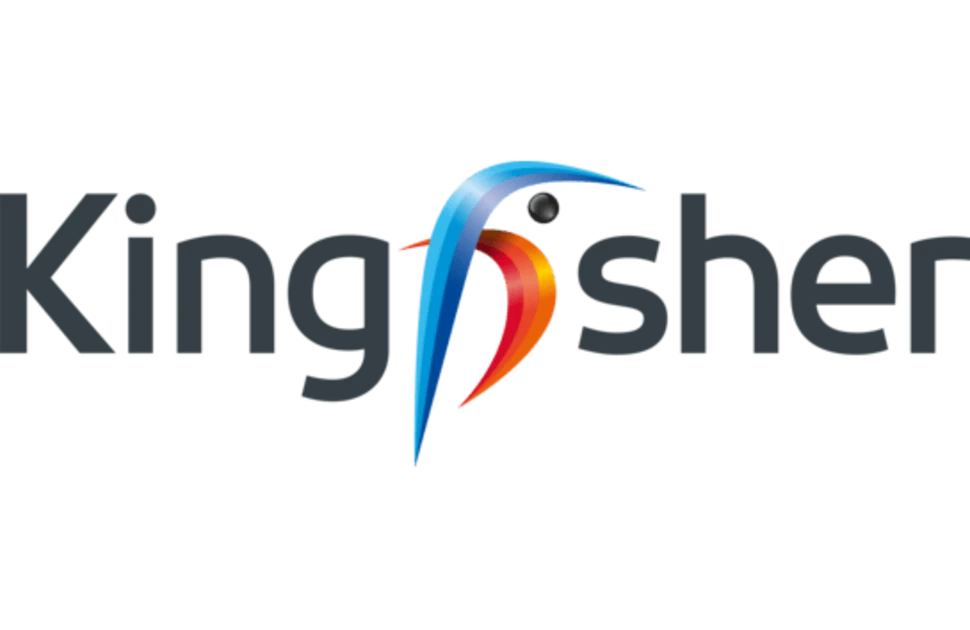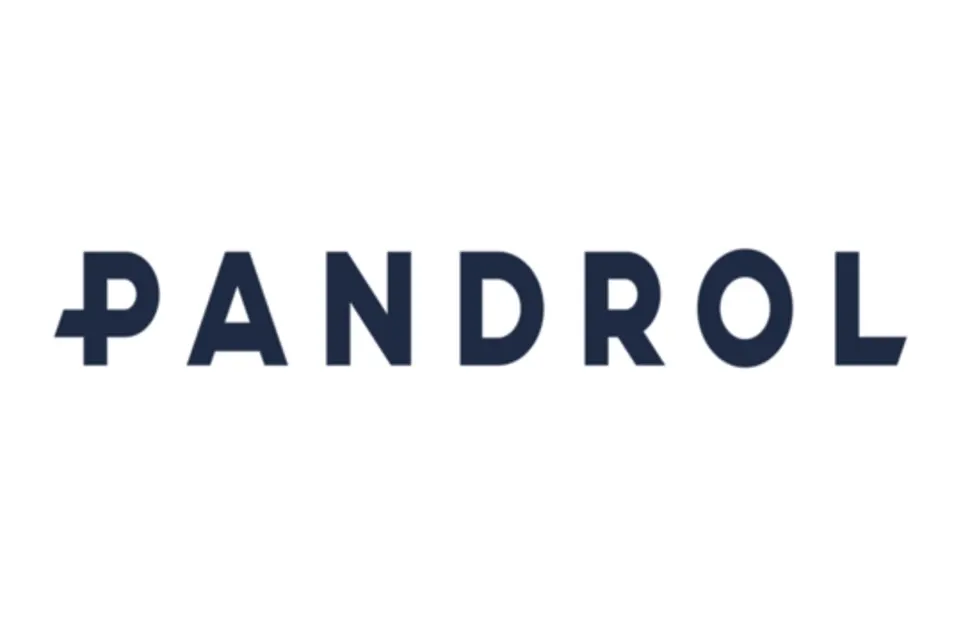New Section 232 tariff inclusions may raise US steel prices
US steelmakers Nucor, Steel Dynamics, Cleveland-Cliffs, Gerdau and Metallus were among applicants seeking the application of 50% import tariffs to “derivative” steel products under a new appeal process.
On February 10, Section 232 tariffs on steel imports were reinstated at the full 25% rate for all countries. Country exemptions and quotas were no longer effective from March 14, 2025, and the product exclusion process was terminated. While companies can no longer apply for a product to be excluded from Section 232 tariffs, steel and derivative steel producers can now request that additional products be included under the tariff framework.
The US Secretary of Commerce was given 90 days to establish a formal process for adding derived steel products to the Section 232 tariff regime. On May 2, 2025, the Department of Commerce released details of the new inclusion process, which provides US businesses with three two-week windows in which to file the requests each year.
Almost 500 HS codes under consideration
Currently, 167 derived steel products are covered under Section 232. However, during the first application window alone, which opened on May 2, the Commerce Department received 35 requests for derived steel products and 25 for derived aluminum products. On the steel side, applicats submitted nearly 500 HS codes for consideration.
The five US steelmakers – Nucor, Steel Dynamics, Cleveland-Cliffs, Gerdau and Metallus – accounted for the majority of steel-related requests. Nucor alone submitted 223 HS codes, the largest number by any company.
The Commerce Department has 60 days from the public posting of each request to make a decision, meaning that initial determinations are expected in mid-July.
The launch of a process which could expand the scope of the US steel import tariff, which was increased to 50% for all countries except the United Kingdom on June 4, has the potential to push US steel prices higher. If imports of derived steel products are curtailed, demand pressure on the US domestic market is likely to increase.
However, it is important to note that the 50% tariff only applies to the steel content of the imported derived product. Other tariff regimes, such as “reciprocal” tariffs, will apply to the non-steel content.
MEPS International US steel market analyst, Laura Hodges, said: “We’ll get our first glimpse of how the Commerce Department will treat these requests next month. The type of products submitted was vast, ranging from stainless steel flatware to industrial robots. Depending upon the Commerce Department’s decisions, the implications for steel demand and prices are significant. Further, it continues the uncertainty of which products will be covered by Section 232 tariffs in the future.”
Notably, because the White House has not issued a formal definition of a “derived steel product”, many submissions sought to include goods not traditionally considered as such. For example, the National Aerosol Association has submitted a request for Section 232 tariffs to cover filled aerosol cans, such as whipped cream and lidocaine spray. Although empty cans are already covered, it alleges that importers currently fill them abroad to avoid tariffs.
Manufacturers that export to the US are currently awaiting the outcome of negotiations that have been ongoing during a 90-day pause of President Trump’s “reciprocal” tariffs. In light of the new Section 232 inclusion process, many of these businesses will now be preparing for the possibility that more steel-based products may soon be subject to additional costs.
Below are three key criteria for the new inclusion process:
- Eligible Applicants: US producers of steel and steel-derived products and their associations (i.e., “directly affected parties”) may submit requests.
- Application Windows: Applications can be submitted during three two-week periods each year — beginning in January, May and September. Furthermore, the inclusion criteria requires: a demonstrable increase in imports of the requested product that threatens US national security or undermines Section 232 objectives; and the requested product at the eight-digit or 10-digit HTS code is a derived steel product.
The next opportunity for US producers to request the inclusion of additional products to the Section 232 tariff regime will open on September 1, 2025.
- Regular insight into the United States' steel market is published in MEPS's International Steel Review. The monthly report provides subscribers with steel prices, indices, market commentary and forecasts from key global steel markets. Contact MEPS for details of how to subscribe.
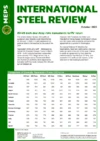
Source:
International Steel Review
The MEPS International Steel Review is an essential monthly publication, offering professional analysis and insight into carbon steel prices around the world.
Go to productRequest a free publication
